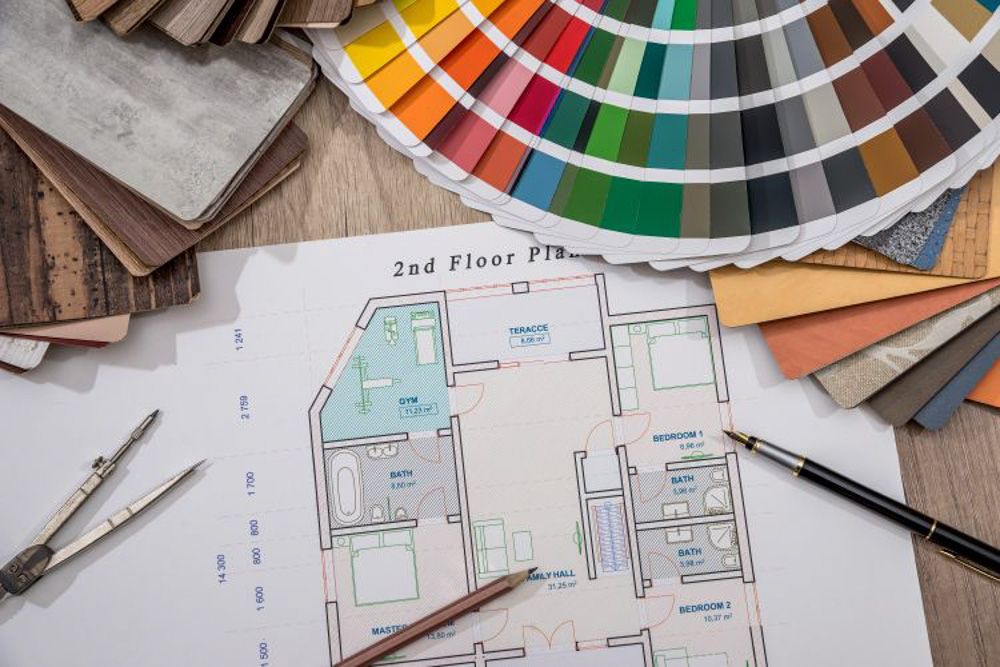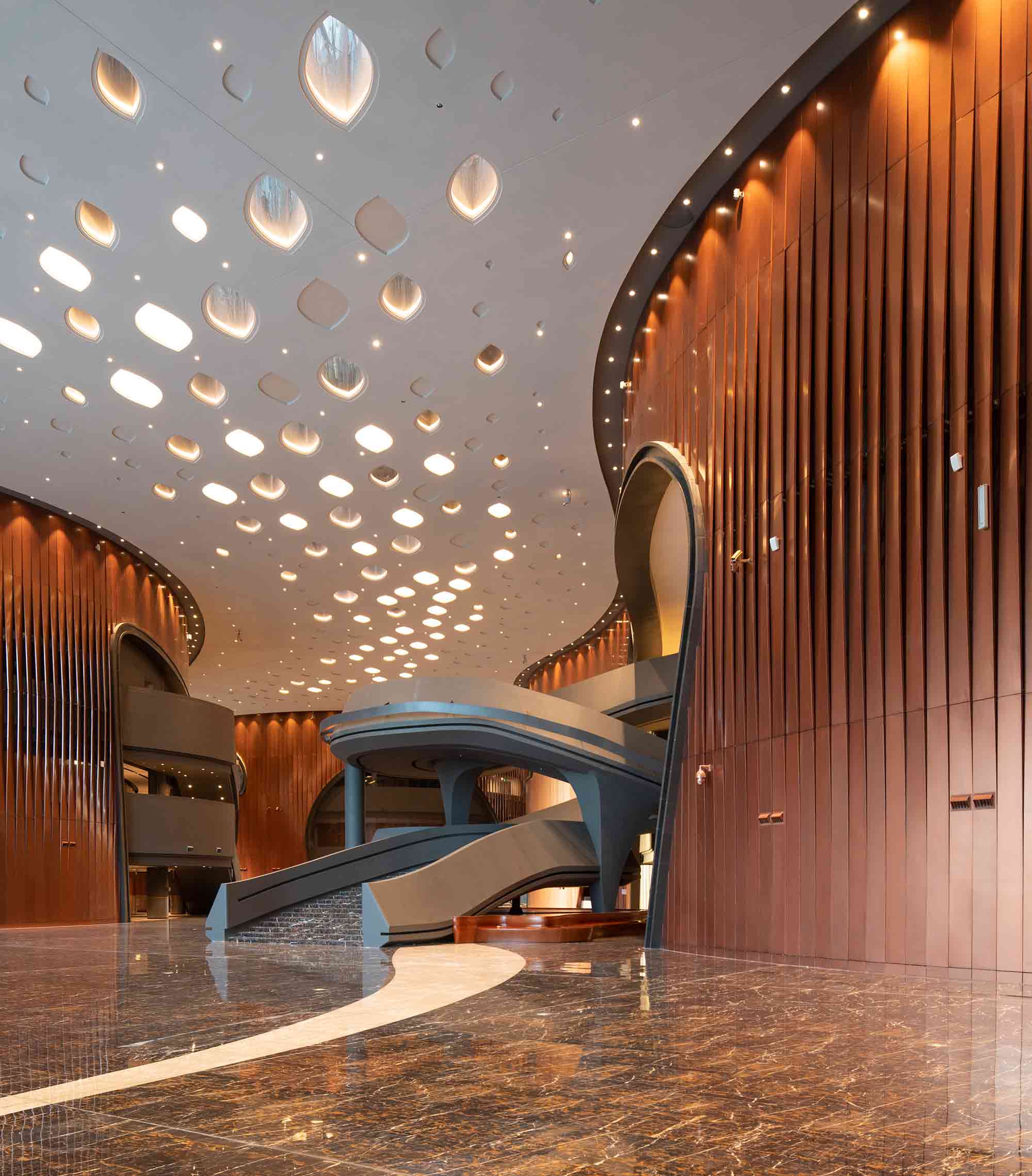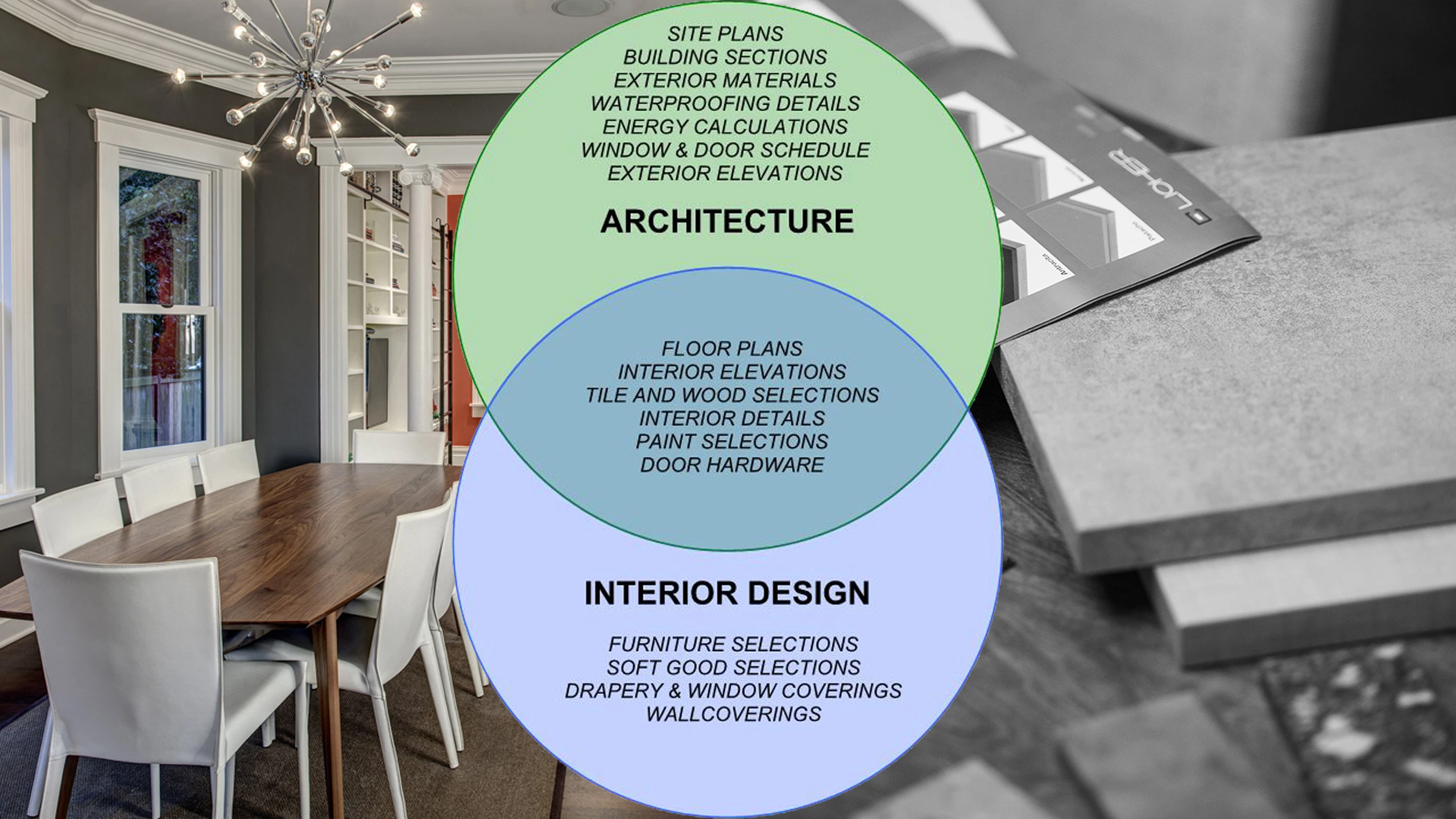Winchester Architect Services to Bring Your Vision to Life
Wiki Article
The Art of Balance: Exactly How Interior Design and Home Architect Collaborate for Stunning Results
In the realm of home design, striking an equilibrium between aesthetic appeals and functionality is no small task. This fragile stability is attained with the harmonious collaboration between indoor designers and designers, each bringing their distinct know-how to the table. Stay with us as we check out the complexities of this joint procedure and its transformative influence on home style.Understanding the Core Differences In Between Interior Design and Home Style
While both Interior Design and home architecture play important duties in producing visually pleasing and useful areas, they are inherently different techniques. Home design mainly concentrates on the architectural aspects of the home, such as constructing codes, security regulations, and the physical building and construction of the area. It deals with the 'bones' of the framework, dealing with spatial measurements, load-bearing walls, and roof layouts. On the other hand, Interior Design is much more worried with enhancing the aesthetic and sensory experience within that framework. It includes choose and organizing furnishings, choosing shade schemes, and including ornamental components. While they work in tandem, their functions, responsibilities, and areas of proficiency split significantly in the production of a harmonious home atmosphere.The Synergy Between Home Style and Inside Design
The synergy between home design and Interior Design hinges on a shared vision of style and the enhancement of practical aesthetic appeals. When these 2 areas straighten harmoniously, they can change a home from average to remarkable. This partnership needs a much deeper understanding of each technique's concepts and the capacity to develop a natural, aesthetically pleasing environment.Unifying Design Vision
Combining the vision for home style and interior design can produce a harmonious living area that is both practical and cosmetically pleasing. It advertises a synergistic technique where building elements enhance interior design parts and vice versa. Hence, unifying the design vision is crucial in blending architecture and indoor layout for sensational outcomes.Enhancing Functional Aesthetic Appeals
How does the synergy between home architecture and interior design boost useful aesthetic appeals? Designers lay the groundwork with their structural design, ensuring that the space is reliable and functional. A designer may develop a house with big windows and high ceilings.Significance of Collaboration in Creating Balanced Spaces
The cooperation between indoor designers and engineers is essential in developing balanced rooms. It brings harmony between design and design, offering birth to areas that are not just visually pleasing but additionally functional. Discovering successful joint techniques can offer insights into just how this synergy can be effectively accomplished.Harmonizing Style and Style
Equilibrium, a crucial facet of both indoor style and architecture, can just really be accomplished when these 2 areas work in consistency. This collective process results his comment is here in a natural, well balanced style where every component has a function and adds to the total visual. Balancing design and style is not simply regarding producing stunning spaces, yet regarding crafting areas that function seamlessly for their citizens.Successful Collaborative Approaches

Instance Studies: Successful Assimilation of Style and Architecture
Examining numerous study, it emerges just how the successful assimilation of Interior Design and architecture can change a space. The Glass Home in Connecticut, renowned for its minimalistic elegance, is one such instance. Architect Philip Johnson and indoor developer Mies van der Rohe worked together to create a harmonious blog equilibrium between the framework and the interior, resulting in a smooth flow from the outside landscape to the internal living quarters. One more prototype is the Fallingwater House in Pennsylvania. Designer Frank Lloyd Wright and indoor designer Edgar Kaufmann Jr.'s collective initiatives cause a stunningly special residence that blends with its natural environments. These case research studies underscore the extensive impact of a successful style and style cooperation.
Getting Over Obstacles in Style and Architecture Cooperation
In spite of the undeniable advantages of a successful partnership between Interior Design and architecture, it is not without its obstacles. Communication concerns can occur, as both parties may use various terminologies, understandings, and strategies in their work. This can lead to misunderstandings and delays in job completion. Another significant challenge is the harmonizing act of aesthetic appeals and capability. Architects might prioritize architectural stability and safety, while designers concentrate on convenience and design. The integration of these purposes can be intricate. Furthermore, spending plan and timeline restrictions typically add pressure, possibly causing rifts in the partnership. Efficient communication, mutual understanding, and compromise are critical to overcome these challenges and achieve a successful and unified partnership.
Future Trends: The Progressing Relationship In Between Home Architects and Interior Designers
As the world of home style proceeds to develop, so does the connection between designers and interior designers. Conversely, interior designers are accepting technological elements, affecting general format and capability. The future guarantees a much more cohesive, innovative, and flexible approach to home style, as architects and designers proceed to blur the lines, cultivating a connection that genuinely symbolizes the art of equilibrium.Final thought
The art of equilibrium in home design is attained through the unified cooperation between indoor designers and engineers. Despite difficulties, this partnership promotes development and development in layout.While both interior style and home architecture play vital duties in producing cosmetically pleasing and functional areas, they are naturally different self-controls.The harmony between home design and indoor layout exists in a shared vision of layout and the improvement of functional aesthetics.Combining the vision for home style and indoor design can produce an unified living area that is both functional and aesthetically pleasing. Thus, unifying the layout vision is essential in blending design and indoor layout for Get More Information sensational results.
How does the synergy between home style and indoor layout enhance practical appearances? (Winchester architect)
Report this wiki page